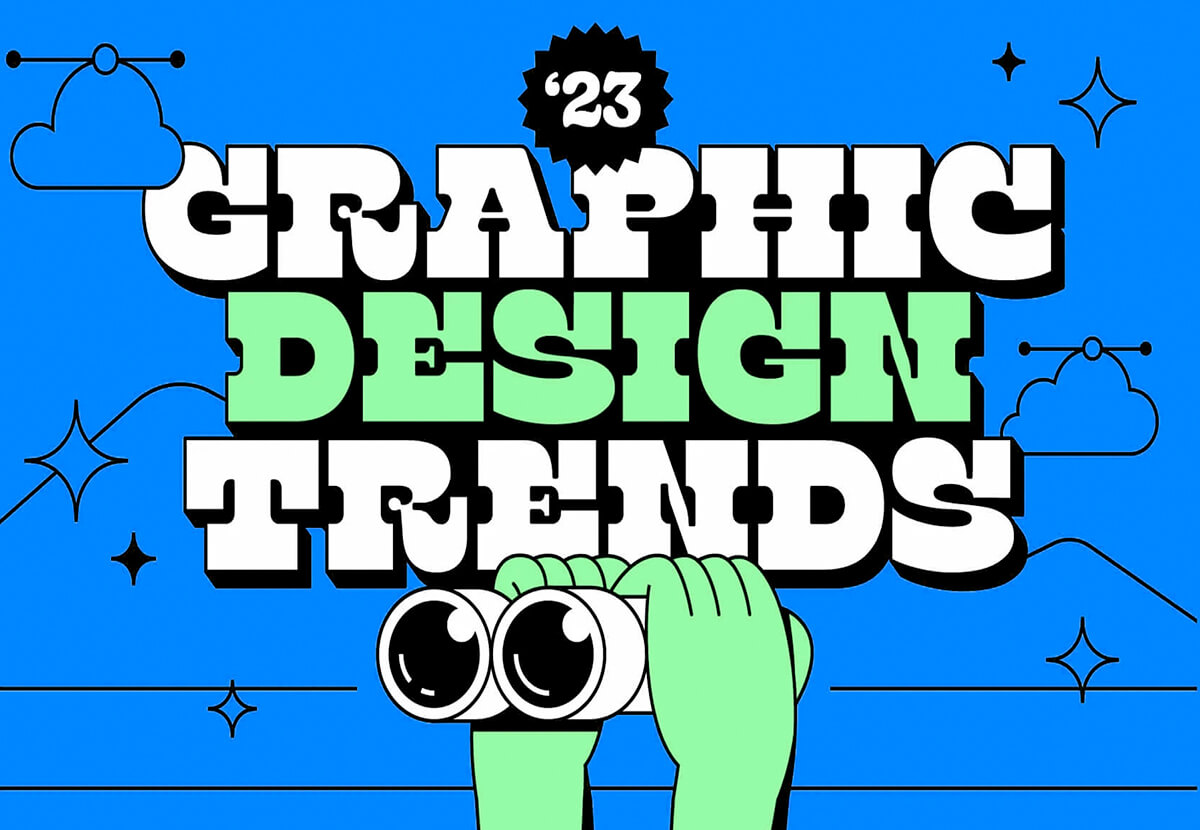
As we approach the middle of 2023, it’s the perfect time to explore the exciting and emerging trends in Irish graphic design.
So, join us as we delve into the vibrant design scene of Dublin and beyond, and discover how these trends are shaping the creative landscape in Ireland.
The Latest Design Trends
As print and design specialists, staying updated with design trends is critical for success in the industry. Design evolves at a rapid pace, and failure to keep up with emerging trends can result in outdated work that doesn’t resonate with clients or audiences. Understanding the latest design trends enables us to better meet client needs by creating designs that are current and relevant.
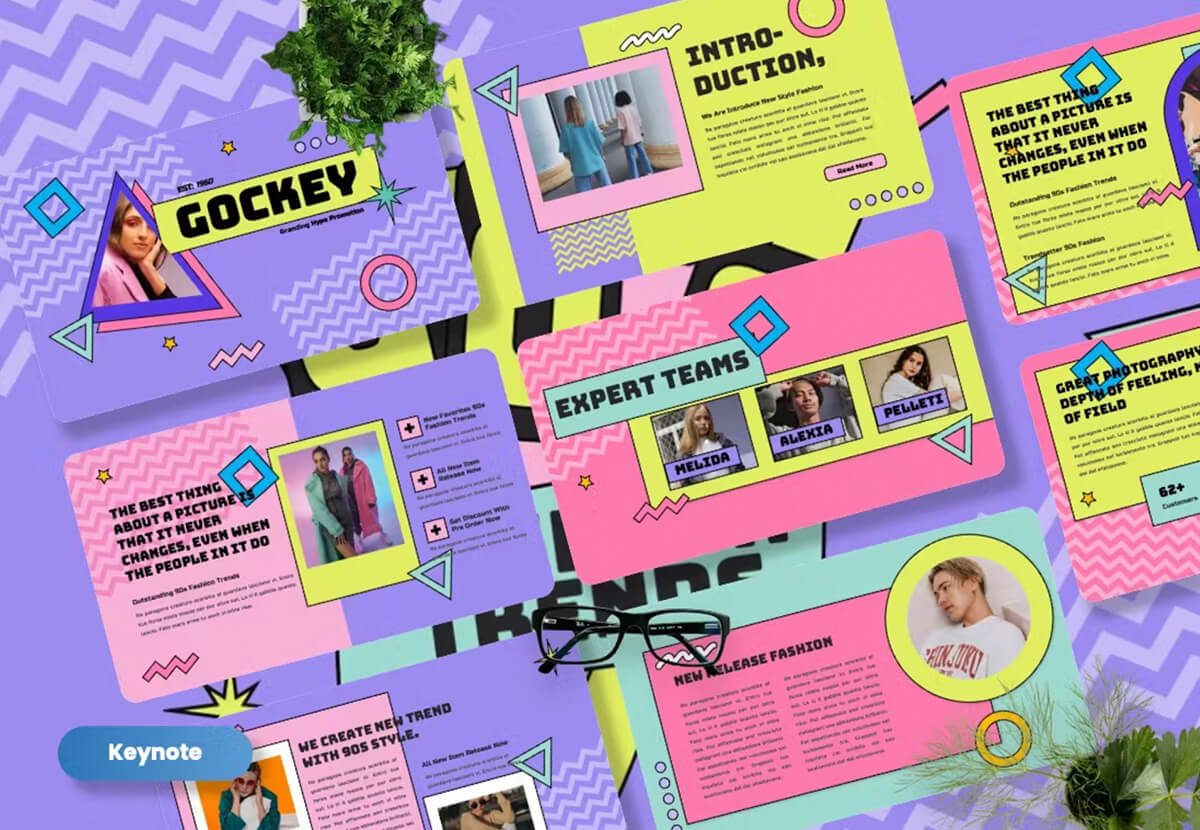
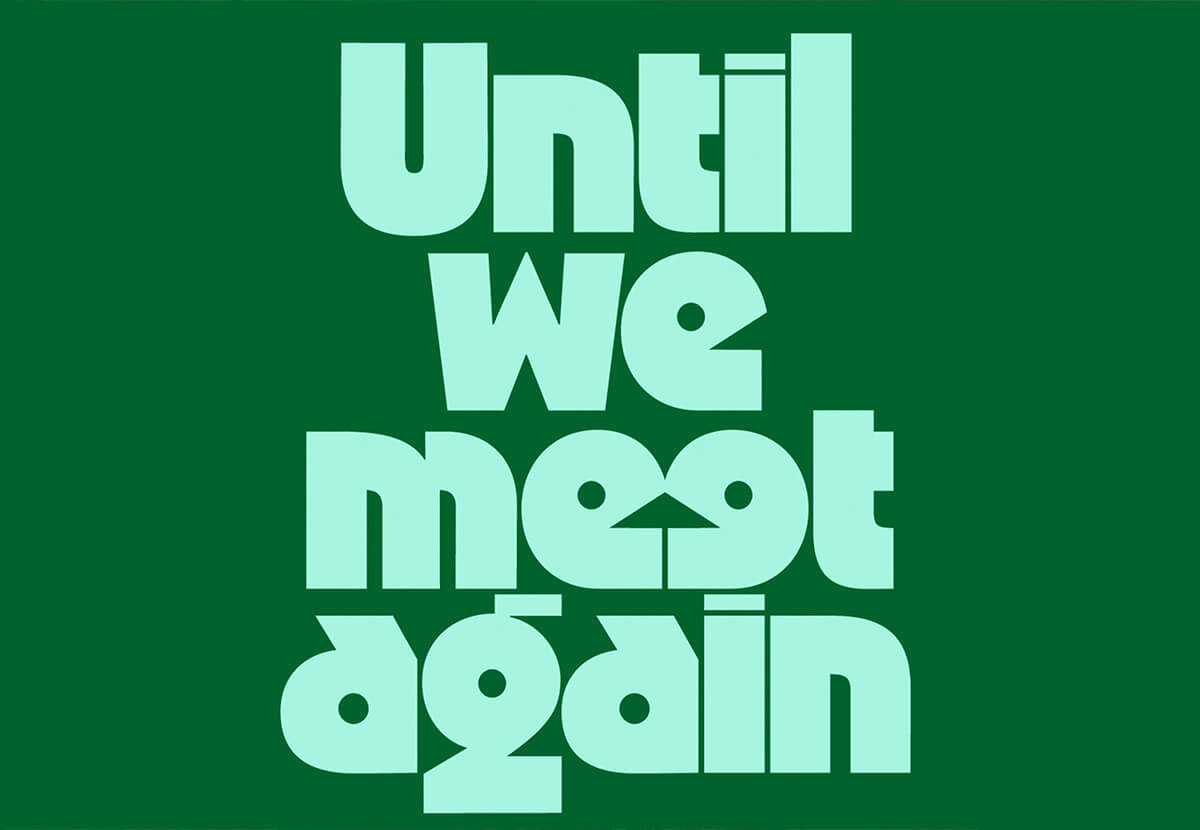
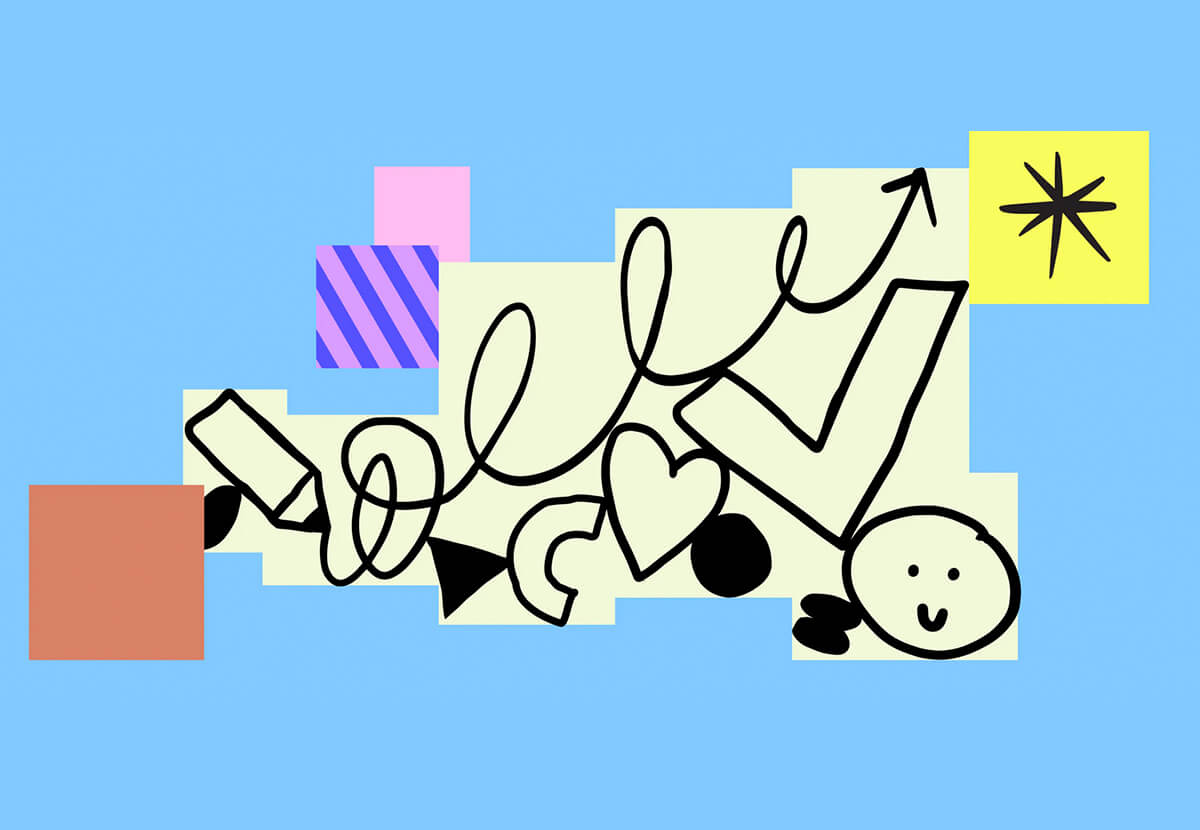
The impact of technology on design evolution
Technology has had a significant impact on the evolution of design over the years. With advancements in software and hardware, designers can now create more complex designs with greater ease, speed, and efficiency. This has led to an increase in creativity and innovation within the design industry.
However, with new technology comes new trends that emerge as designers explore these tools to their fullest potential.
Minimalism and Simplicity
In 2023, we have seen minimalism and simplicity continue to be a dominant trend in graphic design. This is due to the increasing need for clarity and ease of use in digital spaces. Clean lines, negative space, and a minimalist aesthetic help users quickly understand information without feeling overwhelmed.
Minimalism doesn’t mean being boring or unimaginative. Instead, it’s about using only essential elements to convey a message effectively. By stripping away distracting elements like excess colour or embellishments, designers can create an impactful visual hierarchy that guides the eye through the design.
Negative space plays an essential role in minimalistic designs by creating breathing room for visual elements while highlighting important content. It gives designs balance and allows them to breathe within their surroundings while drawing attention to specific details.
We can expect clean lines, ample white space and minimalistic aesthetics to play crucial roles in graphic design trends beyond 2023 as they provide clear communication that resonates with consumers when implemented correctly
Bold and Vibrant Colours
In the world of graphic design, bold and vibrant colours are making a comeback. Designers are exploring creative ways to incorporate vivid hues into their work, from bright neons to rich jewel tones. This trend is all about pushing boundaries and creating eye-catching visuals that stand out in a crowded market.
One aspect of this trend is the exploration of colour palettes beyond traditional combinations. Designers are getting playful by mixing unexpected shades together or using unconventional pairings like orange and pink.
But it’s not just about being flashy for the sake of it – these bold colour choices need to serve a purpose in communicating messages effectively. Colour psychology plays an important role in choosing which hues will resonate with audiences on different levels.
Embracing vibrant colours can be a powerful tool for brands looking to differentiate themselves visually while also conveying energy, passion and creativity through their designs.
3D and Immersive Design
One of the most exciting emerging trends in graphic design is the use of 3D and immersive elements. With advancements in technology, designers can now incorporate three-dimensional elements such as textures, shadows, and lighting into their designs to create more realistic and engaging visuals.
This trend includes utilising augmented reality (AR) and virtual reality (VR) technologies to create immersive experiences for users. By incorporating these technologies into designs, users can interact with products or services in a more dynamic way, creating a memorable experience that sets brands apart from competitors.
Incorporating environmentally friendly elements into designs
In today’s world, there is an increasing focus on environmental sustainability, and this trend is expected to continue through to 2024 and beyond. Graphic designers are incorporating eco-conscious elements into their designs to promote a message of sustainability.
One way designers are doing this is by using environmentally friendly materials for packaging or creating visual storytelling that emphasises the importance of reducing waste. This can be done through the use of recycled paper or biodegradable plastics.
Moving away from traditional geometric shapes
In 2023, graphic design in Ireland saw a shift towards incorporating fluid and organic forms into designs. This trend moves away from traditional geometric shapes that have been prominent in design for many years.
Fluid and organic shapes provide a unique visual appeal by adding an element of natural movement to designs. They can be used to represent the flow of water or wind, or even the curves of the human body.
This trend is particularly popular in branding and logo design, as it allows companies to create memorable logos with a more human touch. By using fluid and organic shapes, brands can differentiate themselves from their competitors while also creating a sense of approachability and warmth.
Pushing boundaries with creative typography
Typography is an essential element of graphic design, and in 2023, creative typography has been a significant trend. The use of varied font sizes, weights, and styles can add depth and meaning to text-based designs. Mixing serif fonts with sans-serif or script fonts can also help create a unique visual appeal that captures attention in a sea of generic designs.
Playing with font hierarchy involves using size, colour contrast, or placement to emphasise certain words or phrases within the design. This technique helps guide the viewer’s eye through the layout while highlighting key information.
Authentic and Inclusive Visuals
In 2023, authentic and inclusive visuals continue to dominate the design industry, with consumers demanding more representation and diversity in advertising campaigns, social media posts, and other visual content.
Designers need to be aware of this trend and take steps to incorporate it into their work. This involves not only using diverse models but also showcasing different cultures and backgrounds in a respectful manner.
One important aspect of inclusive design is accessibility. Designers should ensure their designs are accessible to people with disabilities, including those who may have vision or hearing impairments.
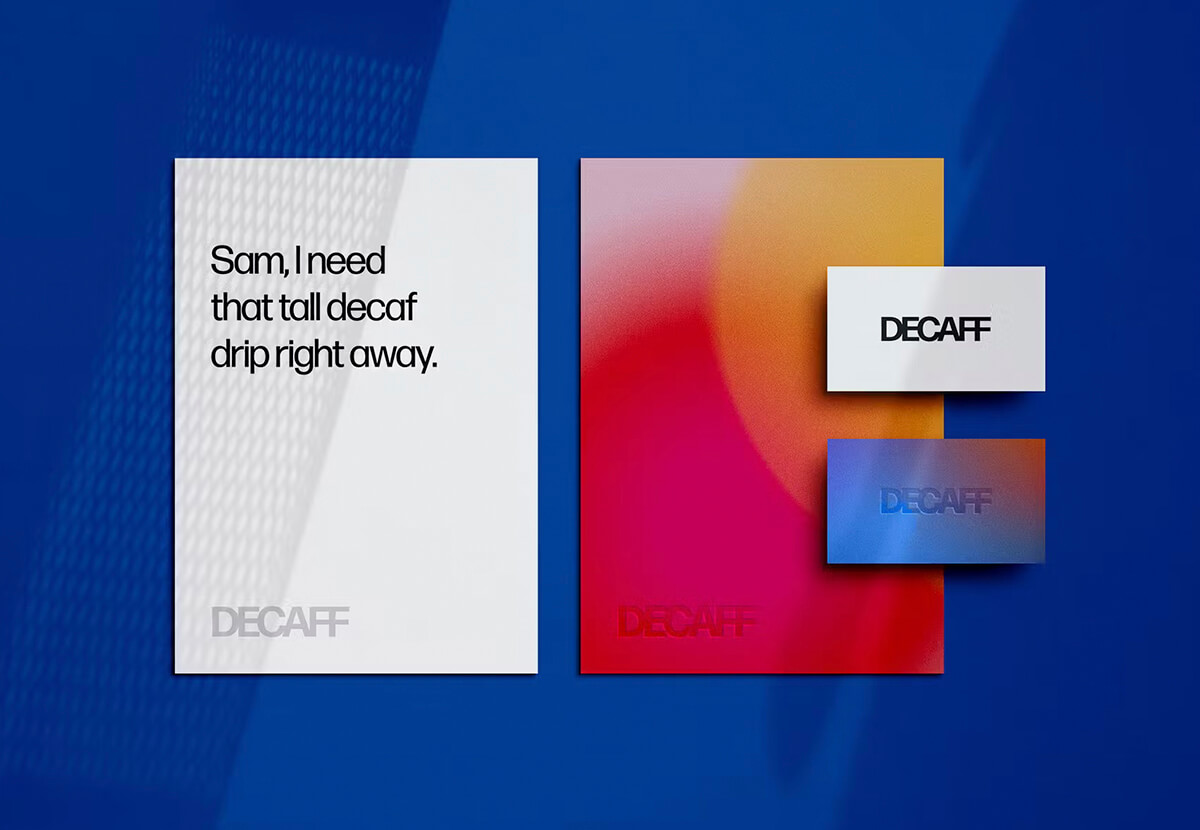
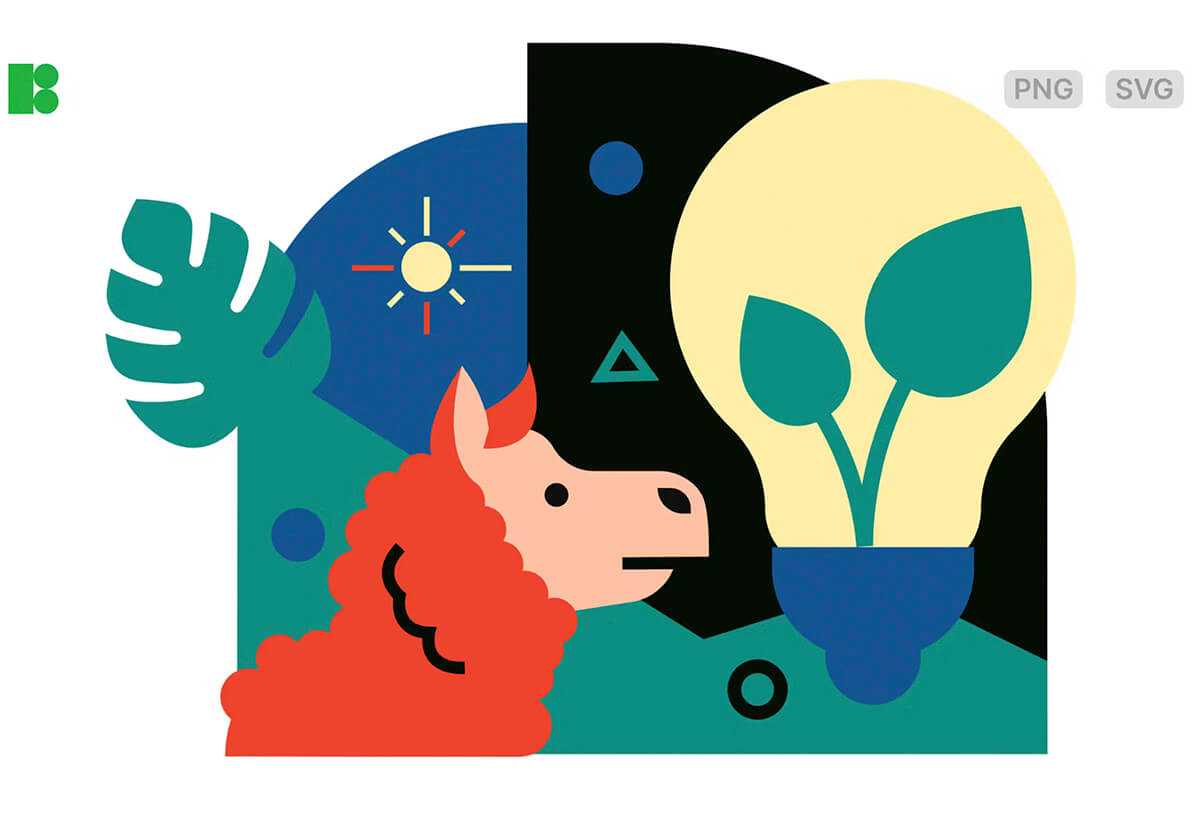
Trends that are Fading Out – Gradients and Shadows
The use of gradients and shadows in graphic design has been a popular trend for several years. However, this trend is beginning to fade out. Designers are moving towards more simplistic and minimalist designs that rely on bold colours and clean lines rather than intricate shadow effects.
Gradients were once seen as a way to add depth and texture to designs, but they have become overused and lost their impact. Instead, designers are opting for solid colour blocks or subtle textures that provide visual interest without overwhelming the design.
Similarly, the use of drop shadows has also declined in popularity. While they can be effective when used sparingly, too many drop shadows can make a design look cluttered and outdated. Today’s designers are embracing flat design elements with minimal shading or no shading at all.
Trends that are Fading Out – Skeuomorphic Design
Skeuomorphic design is a concept that has been gradually fading out over the past few years. This design trend tries to imitate real-life objects and materials in digital interfaces. For instance, using textures like leather or wood in mobile app designs was popular under this approach.
However, as technology advances, users’ needs change too. Nowadays, people expect intuitive and straightforward experiences when interacting with digital products. Skeuomorphic designs might feel outdated and cluttered for modern audiences who are looking for simplicity.
Trends that are Fading Out – Overly Complex and Busy Designs
Designers are moving away from the days of overly complex and busy designs. We have come to realise that more doesn’t always mean better when it comes to graphic design. In today’s fast-paced world, people want quick access to information, and they don’t have time for complicated visuals.
Simplicity is key in modern-day design trends. Clean lines, negative space, and minimalism are all increasingly popular. The focus now is on creating a clear message that can be easily understood by viewers without overwhelming them with too much information.
Overly complex designs can also affect accessibility and usability negatively. Such designs make it difficult for users with disabilities or those using different devices to interact with content effectively.
Incorporating Trends into Design Projects
Incorporating the latest design trends into your projects is essential to keep up with the constantly evolving industry. However, it’s crucial to ensure that these trendy elements align with the brand’s identity and values.
Before incorporating any trend, designers must analyse its compatibility with their client’s brand image. It’s important not to blindly follow a trend just because it’s popular; instead, consider how it can be adapted to fit the brand in question.
One way to maintain consistency while incorporating new trends is by focusing on timeless design principles such as balance, hierarchy, and contrast. These principles provide a solid foundation for any design project and help create a consistent visual language across all platforms.
Aligning trends with user-centred design principles
One important aspect of incorporating design trends is aligning them with user-centred design principles. It’s not enough to simply follow the latest trend, but also ensuring that it improves the accessibility and usability of the design for its intended audience.
When adapting trendy elements into a design project, designers should consider how it will impact users with disabilities or limitations. This includes utilising accessible colour palettes and typography choices that are easy to read for all users.
The direction of future trends
The design industry is constantly evolving, and predicting future trends can be both exciting and challenging. With advancements in technology, it’s important to consider how emerging technologies will impact design.
In terms of aesthetics, we may see a continued move towards minimalism and simplicity in design. Brands are realising the power of clean lines and negative space when it comes to communicating their message effectively.
Environmental concerns are likely to continue shaping the way designers approach their work. We might see more eco-conscious messaging through visual storytelling as brands seek ways to connect with consumers who care about sustainability.
While it’s impossible to predict exactly what future trends will emerge in graphic design, keeping an eye on emerging technologies and societal shifts can help designers stay ahead of the curve.